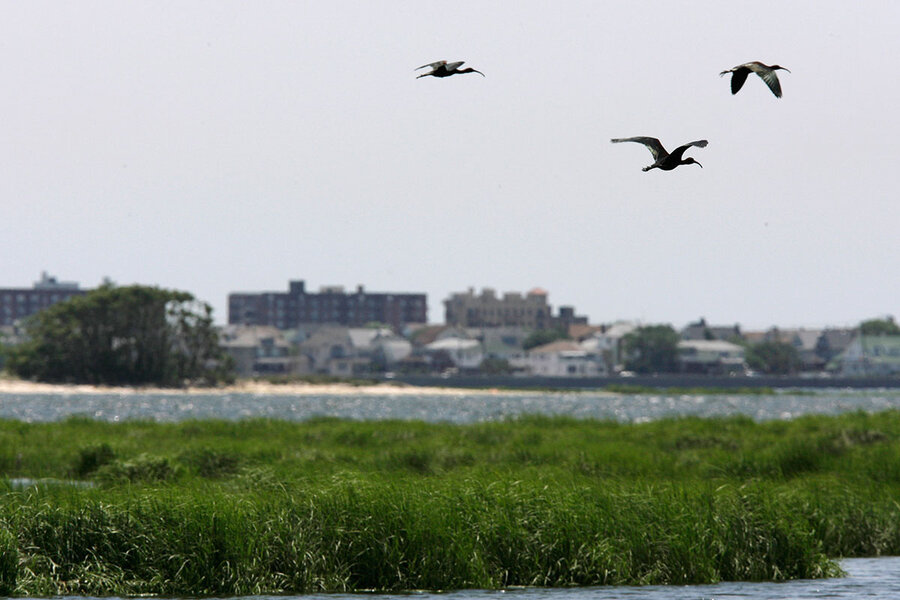Has killing 70,000 birds failed to make NYC flights any safer?
Eight years ago today, pilot Chesley “Sully” Sullenberger flew into a flock of large Canada geese, forcing an emergency landing in the Hudson River. Since that day, more than 70,000 birds have been rounded up and killed in an attempt to further prevent destructive bird strikes in the greater New York City area. But the effort may not have had the desired effect.
On January 15, 2009, U.S. Airways flight 1549 took off from LaGuardia Airport in Queens, heading towards Charlotte Douglas Airport in Charlotte, N.C.. Shortly after takeoff, however, the aircraft flew through an entire flock of large Canada geese, disabling both engines and forcing the pilot to make an emergency landing.
Unable to make it safely to a runway, Cpt. Sullenberger landed the plane on the Hudson River in an event subsequently known as the “Miracle on the Hudson,” which cast the pilot into the national spotlight and was even fictionalized in a 2016 film staring Tom Hanks.
Following the 2009 incident, authorities began a widespread effort to make the flight paths surrounding New York City airports safer by killing a variety of gulls, starlings, geese, and other birds in enormous numbers, hoping to prevent further contact with aircraft.
While bird strikes are not uncommon, recent statistics compiled by the Associated Press show that the culling efforts may not be particularly successful.
Prior to the 2009 incident, LaGuardia and Newark airports averaged a combined 158 bird strikes each year. But in the following six years that number rose to 299, even though a large numbers of birds had been rounded up and exterminated.
John F. Kennedy Airport, which sits directly on the ocean, is unique in that it is located on a major migratory bird route and thus has long had a fairly extensive culling program, which was initiated well before the 2009 landing on the Hudson.
While the LaGuardia and Newark numbers appear to show a dramatic increase in bird strikes after the initiation of such programs, the Port Authority suggests that they could also simply indicate more diligent reporting of minor collisions following the 2009 incident.
"We do our best to reduce the risk as much as possible," said Laura Francoeur, the chief wildlife biologist at the Port Authority of New York and New Jersey, which oversees the airports, quoted by the Associated Press. "There's still a lot of random chance involved.”
And while the Port Authority is aware such programs are unpopular and receive negative attention from wildlife enthusiasts, the agency says its primary concern lies in the overall safety of the airports.
"One must consider the consequences if this proven shooting program was discontinued and a serious bird strike occurred while the colony was still present," Port Authority documents state.
Birdstrikes have long been a concern in aviation. The first reported incident came in Ohio in 1905 when none other than Orville Wright struck a bird. In 1965, the first disaster occurred involving a commercial aircraft when 62 people were killed on a flight near Boston's Logan airport. Since 1988, more than 255 people have been killed worldwide in aircraft that have suffered bird strikes.
But opponents of the culling programs hope for alternative options.
“There has to be a long-term solution that doesn’t rely so extensively on killing birds and also keeps us safe in the sky,” said Jeffrey Kramer, spokesman for GooseWatch NYC, as quoted by the AP.







